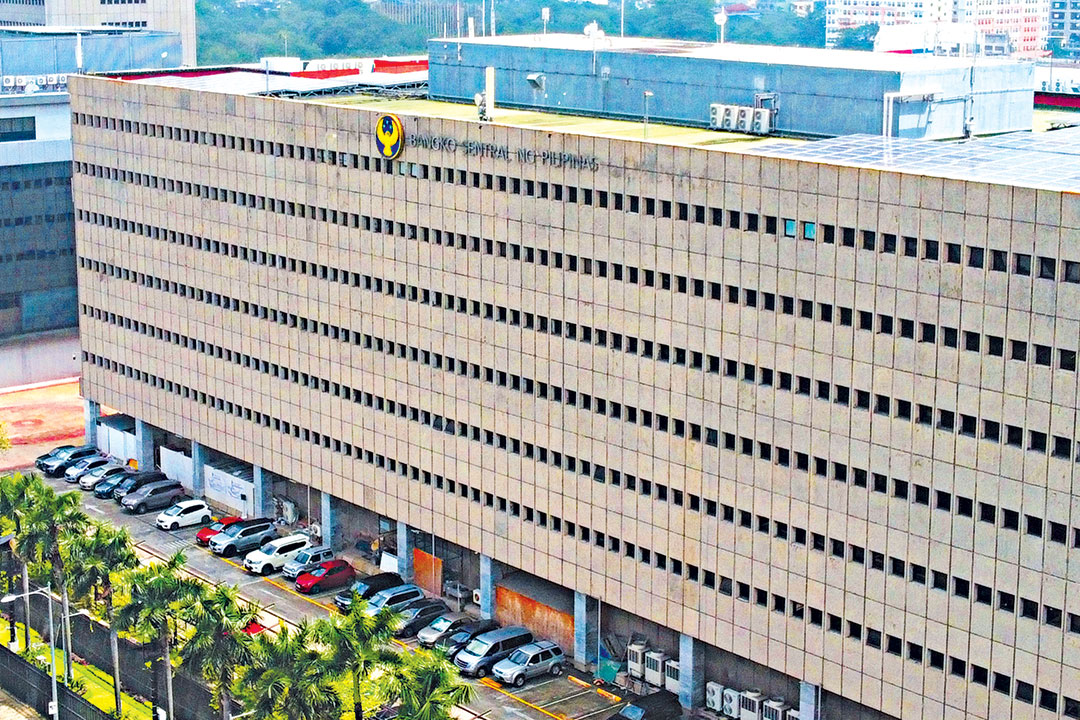
Upgrade to High-Speed Internet for only ₱1499/month!
Enjoy up to 100 Mbps fiber broadband, perfect for browsing, streaming, and gaming.
Visit Suniway.ph to learn
 BW FILE PHOTO
BW FILE PHOTOTHE total resources of the Philippine financial system rose by 6.2% as of May, preliminary data from the Bangko Sentral ng Pilipinas (BSP) showed.
The combined resources of banks and nonbank financial institutions grew to P34.1 trillion as of May from P32.12 trillion in the same period a year ago.
Month on month, total resources likewise edged up by 1.4% from P33.6 trillion as of April.
These resources include funds and assets such as deposits, capital, as well as bonds or debt securities.
Data from the BSP showed that banks’ resources increased by 6.7% year on year to P28.23 trillion at end-May from P26.46 trillion a year prior.
Total resources held by universal and commercial banks went up by 5.7% to P26.2 trillion from P24.8 trillion in the same period in 2024. Big banks accounted for the bulk or 83% of total resources.
Thrift banks’ resources jumped by 21.9% to P1.34 trillion from P1.1 trillion in the comparable year-ago period.
Rural and cooperative banks’ resources amounted to P543.2 billion as of May, higher by 18.6% from P457.9 billion last year.
Lastly, resources held by digital banks climbed by 33.2% to P140.1 billion from P105.2 billion in the previous year. Only data starting March 2023 are available for digital banks.
Meanwhile, nonbanks’ resources rose by 3.8% to P5.87 trillion as of end-December 2024 from P5.66 trillion at end-May 2024, latest available data showed. This was also up from the P5.56 trillion recorded at end-2023.
Nonbanks include investment houses, finance companies, security dealers, pawnshops and lending companies.
Institutions such as nonstock savings and loan associations, credit card companies, private insurance firms, the Social Security System and the Government Service Insurance System are also considered nonbank financial institutions.
Rizal Commercial Banking Corp. Chief Economist Michael L. Ricafort said the increase in the Philippine financial system’s total resources came amid faster growth in bank lending and the continued increase in banks’ deposits, earnings, and capital.
Bank lending jumped by 11.3% year on year to P13.37 trillion as of May, latest data from the BSP showed.
Meanwhile, the banking industry’s combined earnings jumped 10.6% year on year to P101.9 billion in the first quarter.
The BSP’s ongoing easing cycle, which lowered borrowing costs, also boosted demand for credit, Mr. Ricafort said.
The central bank delivered a second straight cut in June, reducing benchmark borrowing costs by 25 basis points (bps) to bring the policy rate to 5.25%.
The Monetary Board has now lowered interest rates by a total of 125 bps since it began its easing cycle in August last year.
The central bank’s latest reserve requirement ratio (RRR) cuts also allowed banks to “increase their loanable funds and also reduced intermediation costs at the same time, as the other factors that further increased banks’ assets such as loans and other investments such as securities,” Mr. Ricafort added.
In March, the RRR of universal and commercial banks and nonbank financial institutions with quasi-banking functions was reduced by 200 bps to 5%. The ratio for digital banks was also lowered by 150 bps to 2.5%, while the RRR for thrift lenders was cut by 100 bps to 0%. Rural and cooperative banks’ RRR has been at zero since October. — Luisa Maria Jacinta C. Jocson




